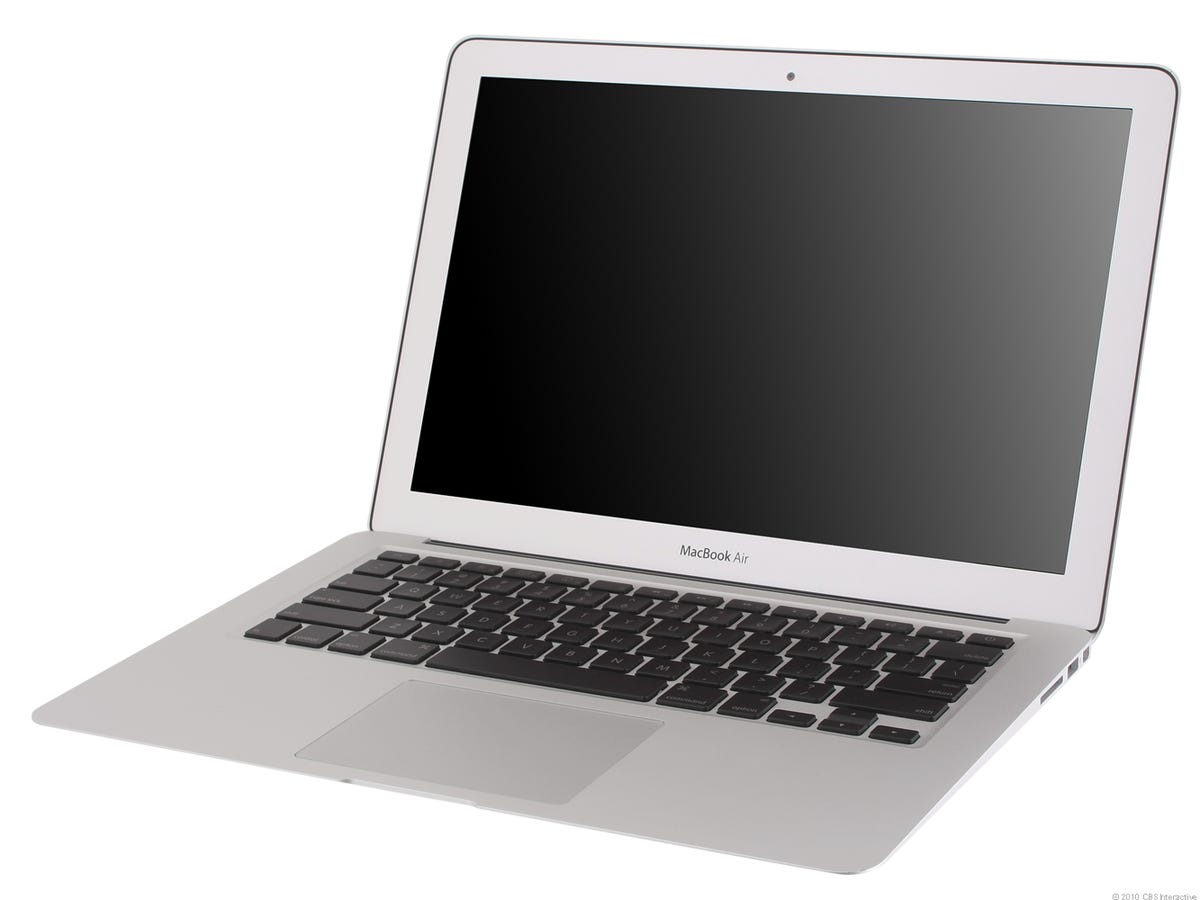Top-rated reviews of the week (photos)
Here are a few of CNET Reviews' favorite items from the past week, including the Apple MacBook Air, the Muve Music Service, the Nokia X2, and more.

Apple MacBook Air Fall 2010
Apple MacBook Air Fall 2010
Editors' rating: 4 out of 5
The good: Apple's MacBook Air is thin and powerful enough to use as a mainstream laptop. It has an excellent battery and includes an SD card slot.
The bad: The Air has limited connections compared with other 13-inch laptops, and its keyboard isn't backlit. It's outclassed by the new MacBook Pro line.
The bottom line: The second generation of Apple's MacBook Air fixes many of our issues with the ambitious original, adding more USB ports, an SD card slot, and a more powerful processor.
Muve Music Service (Cricket Wireless)
Muve Music Service (Cricket Wireless)
Editors' rating: 4 out of 5
The good: Muve Music is a unique, impressive offering that's priced well and will be useful to Cricket Wireless subscribers.
The bad: The music software is a bit slow, and its interface is imperfect. The Samsung Suede's hardware doesn't do Muve Music justice.
The bottom line: Cricket's Muve Music plan is a bright idea that's priced to sell to audiophiles, but there's still work to be done to overcome hardware and software flaws.
Razer Onza Tournament Edition Xbox 360 controller
Razer Onza Tournament Edition Xbox 360 controller
Editors' rating: 4 out of 5
The good: The Razer Onza Tournament Edition is a high-quality third-party Xbox 360 controller with adjustable tension analog sticks, Hyperesponse light-up face buttons, two customizable extra shoulder buttons, and an extra-long braided 15-foot wire.
The bad: The D-pad is a bit clumsy, especially for fans of fighting games. We don't love wired controllers, but there's no way around Microsoft's licensing.
The bottom line: With its bevy of forward-thinking features and customization options, the Razer Onza Tournament Edition is easily one of the best third-party Xbox 360 controllers we've ever used.
Jays c-Jays Headphones
Jays c-Jays Headphones
Editors' rating: 3.5 out of 5
The good: The Jays c-Jays open-stage headphones employ a clean architecture and include three interchangeable earpads that let you design the best fit and sound for your tastes.
The bad: Most will find the smallest pads the most sonically pleasing, but they also happen to be the least comfortable out of the three choices.
The bottom line: Jays delivers a smooth-sounding on-ear headphone that gives you three ear cushions to customize your listening experience. Although they don't come cheap, the c-Jays are a worthwhile investment if you're shopping for an aftermarket pair of on-ear headphones to fit your mobile lifestyle.
Motorola WX345 (Consumer Cellular)
Motorola WX345 (Consumer Cellular)
Editors' rating: 3.5 out of 5
The good: The Motorola WX345 has a simple, lightweight design and decent features like a music player, an FM radio, stereo Bluetooth, and a 2-megapixel camera. It's also very affordable.
The bad: The Motorola WX345 feels quite cheap, the display is mediocre, and we would prefer an external camera button.
The bottom line: For the price, the Motorola WX345 is a fantastic, easy-to-use phone with more than the basic features.
Read CNET's full review
Prices start at $35
Nokia X2 (T-Mobile) - Prepaid
Nokia X2 (T-Mobile) - Prepaid
Editors' rating: 3.5 out of 5
The good: The Nokia X2 has a solid, straightforward design and a comfortable keyboard. Messaging options are plentiful and call quality is satisfactory.
The bad: The Nokia X2 has a low-resolution display and lacks a dedicated volume rocker. The speakerphone performance wasn't ideal, and data speeds top out at EDGE.
The bottom line: The Nokia X2 offers basic communication options, plus a couple of extras, in an agreeable design. What's more, it delivers a full keyboard at an affordable price.
Optoma Neo-i projector
Optoma Neo-i projector
Editors' rating: 3.5 out of 5
The good: The Optoma Neo-i is a DLP projector that includes an integrated iPod/iPhone dock for playing videos straight from your iOS handheld. It delivers a brighter image than what most pico projectors offer, and the speakers play reasonably loud. The Neo-i also offers HDMI and standard video inputs for connecting other video components.
The bad: The picture is somewhat soft, especially at larger sizes. Not all iPhone and iPod Touch apps (such as Netflix) offer video output on the projector. The Neo-i is fairly pricey. It's compact but not superportable, and the remote doesn't work as well as it should.
The bottom line: Though its design stretches the definition of "pico" projector, the Optoma Neo-i's inclusion of an iPod/iPhone dock along with its semirespectable image and sound quality help put it ahead of many competing small, casual video projectors.
Synology DiskStation DS411slim
Synology DiskStation DS411slim
Editors' rating: 3.5 out of 5
The good: The Synology DiskStation DS411slim is compact and offers fast performance, an intuitive Web interface, and a generous set of features. Supporting up to eight IP cameras, it makes an excellent surveillance DVR for home or office.
The bad: The Synology DiskStation DS411slim's Surveillance Station requires additional license fees to support more than one camera; its included backup software is primitive; and its Photo Station is sluggish when it comes to generating thumbnails.
The bottom line: Despite a few shortcomings, the Synology DiskStation DS411slim makes a worthy upgrade from its predecessor, the best-of-its-time DS409slim.